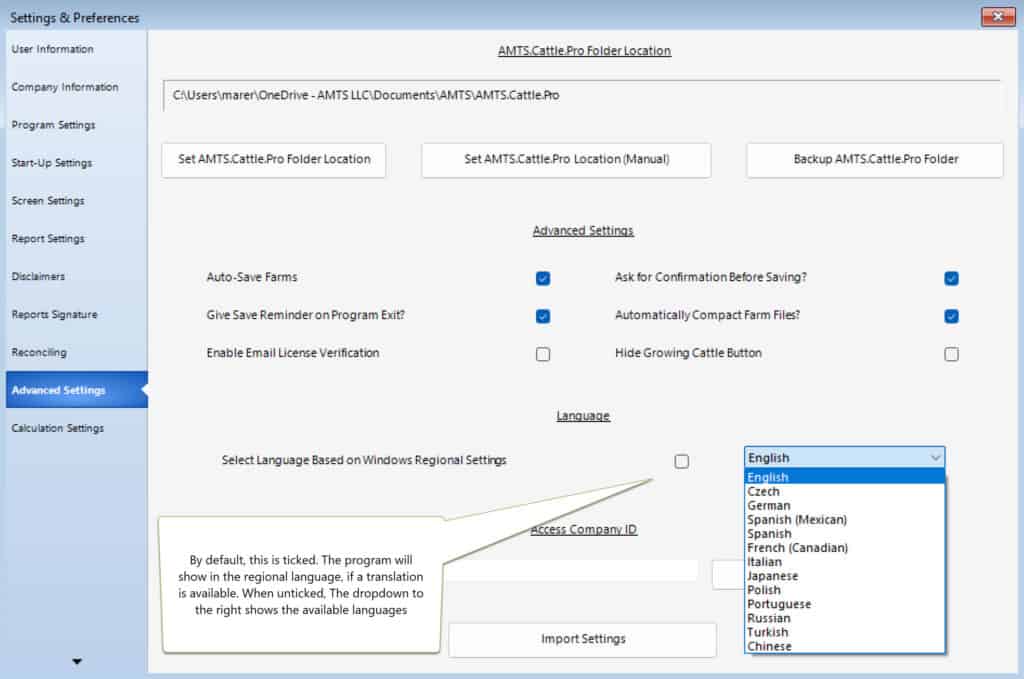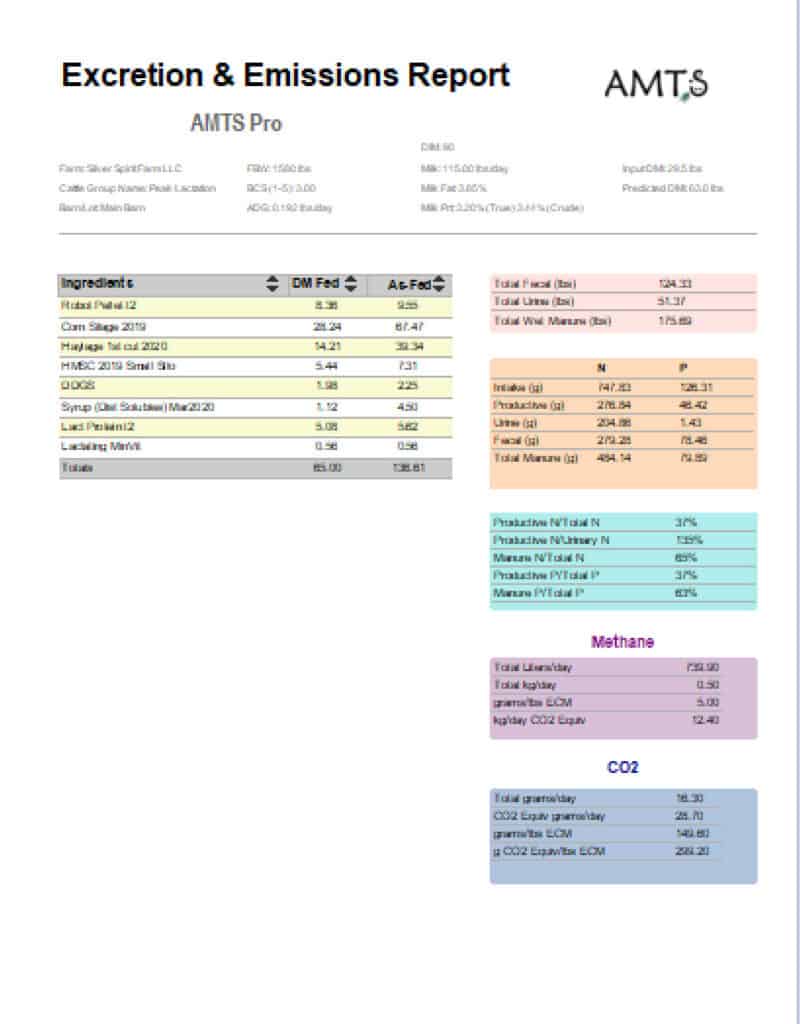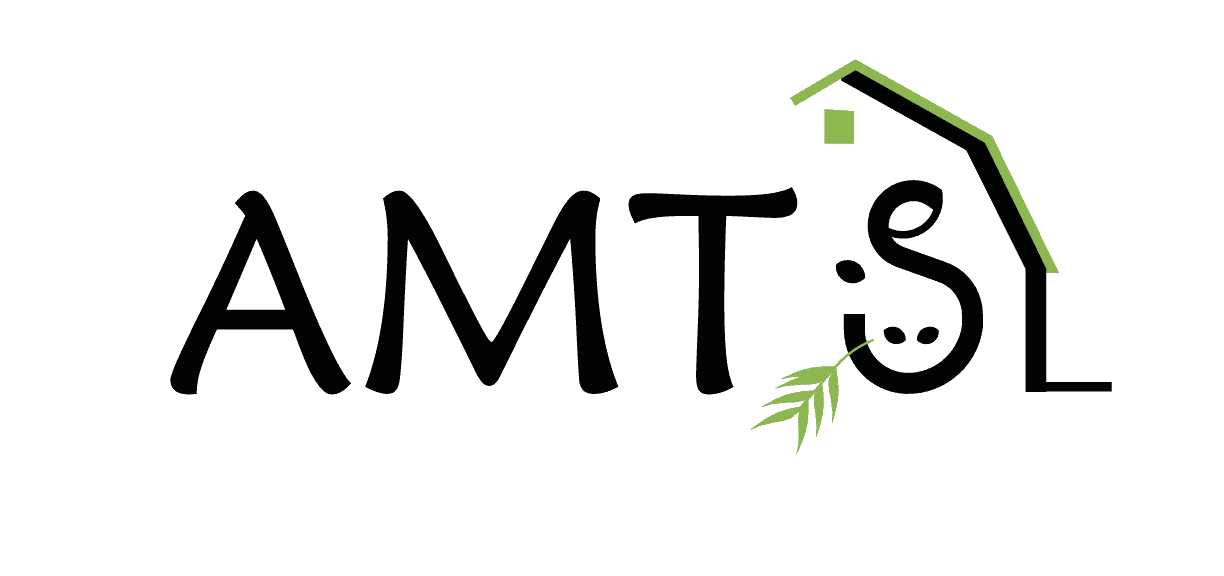Please note: in late September 2022 release (4.18.0), an error was introduced in the calculation for MP allowable Gain in growing animals. Please download the new patch (version 4.18.1 or later) to correct this calculation.

AMTS.Farm.Cattle and Small Ruminants version 4.18.1 update
We have released a new version of AMTS.Farm—our primary formulation software with some new inputs, refinement of some existing features, and the few, inevitable bug fixes. The update is a patch and the new version will be 4.18.1 When you start the program you will get a notice on opening that there is a newer version of the program available and will be asked if you wanted to update. Now, we know that you all HATE to update. We get it, sometimes the update seems to make things work worse, sometimes you feel very comfortable with how things are working and your understanding of program flow, you have to call IT, and sometimes you just don’t have time for this! The patch takes less than a minute, if you still have to ask Chuck from IT to give you permission to update because you don’t have admin control on your computer, read the blog about how Alex took away Admin Requirements. Let’s look at what you can expect.
Sheep and Goat model adjustments
The update makes some needed refinements to some equations in the Small Ruminants module. With the equation improvements we are find intake and subsequent output predicts better represent the animal performance. These improvements will help nutritionists develop better performance aimed diets.
Bug Fixes and better performance
As with most updates, we have fixed a few places in the program where either errors were thrown or results were not as expected through computational or logic error. Two focused areas were the Amino Acid Supplementation Tool and the Advanced Optimizer. Those of you who rely on these advanced tools will be happier with the performance.
Improvements to Reports 2
Last year we hired computer savvy intern to spiff up our Reports. We know the regular reports are a little meh and definitely limited on formatting options. To address that problem, we found a third party report generating software option that has the ability to make quite nice reports. Tom, Lynn, and Mariann have all taken a whack at using it, but to have it done really nicely—we needed an intern. After our talented helper beautifully revised all the reports usually found in the Reports tab and made a few more, we realized that they were only available in English. Our super-Pro-programmer, Alex, made it so they would translate! Remember, the program in able to be viewed in several languages. If our coalition of translators have translated the phrases in the Report, it will be show in your desired language. Some of our translators work faster than others 😊.

As an aside, make sure you look at the Emission and Excretions report in that tab—Tom has created a new one that will help in formulating more environmentally conscious diets.

Now the BIG ONE—incorporation of NASEM information
Since NASEM 2021 was published, we have had many questions about what would be incorporated into the program. Before an explanation of what is in it, a small reminder. AMTS.Farm or, if you think of it as AMTS.Cattle™.Pro, is a CNCPS v 6.5.5 biology based program. In the program there have always been elements of NRC 2001 (non-lactating intake equations, mineral/vitamin recommendation); however, at the core it is CNCPS biology for energy, protein, fiber digestion, and nutrient flows. NASEM 2021 has taken a very different approach to dairy nutrition than CNCPS and AMTS has. There appear to be consistent shifts in NASEM including:
- Increased energy requirements
- Increased energy supply
When compared with AMTS. However, protein calculations are variable by animal type and do not seem consistent. Amino acid supplies are also very different in NASEM.
It is critical when speaking with nutritionists that guidelines and recommendations must take into account the model being used. It is NOT POSSIBLE to take NASEM 2021 guidelines/recommendations and use them in AMTS.
What are Cornell and AMTS going to adopt?
After conducting multiple evaluations and reviewing the differences in modeling approaches, Cornell has proposed:
- Include the NASEM intake equations vs. NRC 2001
- Adopt the new mineral/vitamin requirements and bioavailability coefficients
We were part of the initial evaluations and conversations with the Cornell group. We concur with Cornell’s proposal and have built these components into AMTS software…
One of the challenges we face relates to the new bioavailability coefficients for minerals. We can NOT simply update the feedbanks as existing files are 2001 NRC based. Therefore we have added the NASEM 2021 mineral/vitamin calculations as an additional screen allowing users the ability to compare recommendations.
A very rough overview of the mineral changes related to NASEM 2021 that you will see
Starting with some caveats, the NSAEM mineral/vitamin recommendations does not address any difference in bioavailability between organic and inorganic sources. It changes measurement from simply Requirements to Requirements, Adequate Intake, and Absorption Coefficients, depending on the nutrient.
Starting with the easiest:
Vitamins A, D, And E and honorable mentions for B Vitamins and Choline
The NASEM model shows little change from previous Adequate Intake recommendations (NRC 2001). Vit A is about the same but does increase with increased milk yield (production over 35 kg/d). Vit D increases 25% in Lactating cows, remains the same in Dry Cows. Vit E remains the same except for an increase in Pre-fresh cows to 2000 IU/d (2x previous recommendations). There were no adequate intakes set for B vitamins or Choline.
Major Minerals
Calcium: There were major changes in the equations and the absorption coefficients that offset each other to result in a small increase in requirements for an average cow on a typical diet. Absorption coefficients of Calcium supplements changed the most. So, if you are using a lot of supplements, pay closer attention to those levels.
Phosphorus: Only minor changes from 2001.
Magnesium: Major changes in equations and Absorption Coefficient resulting in a dietary requirement increase of about 2 times the amount of NRC 2001.
Sodium, Potassium, Chloride: These all have major changes in the equations but with the absorption coefficient changes the resulting effects were minor changes for the average cow fed typical diets.
Sulfur: No change from NRC 2001. The information in NASEM does go into detail about not only deficiency of Sulfur but also the risks associated with excess sulfur.
Minor Minerals:
Little or no change from NRC 2001: Chromium did not have an established Adequate Intake that showed a response. Iodine showed a small increase. Iron and Selenium showed no change over NRC 2001.
Substantial Change: Cobalt doubled up to 0,2 ppm. Copper increased about 40% in dry cows and decreased by 40% in Lactating cows. Manganese requirement doubled and Zinc increased 20%.
We have added the NASEM 2021 information in a report found under the Reports tab on the recipe screen.

We have been working with Cornell as they have added the NASEM information to the model in the appropriate areas. Additionally, we have contacted commercial feed suppliers for updated feed information. Updated feedbanks with NASEM Mineral and Vitamin information will be released as part of our bi-annual feedbank update on November 1.
Webinars, Trainings, and Help
Finally, we are finishing the 2022 webinar series with our final two webinars: Dr Kenneth Kalscheur of USDA Dairy Forage Research and Jordan Kuehnl will present for the Canolamazing series of the Canola Council of Canada will give discuss Canola Meal in dairy cow rations and the impact it has on production and emissions on October 11, 10 AM EDT, Register here and Dr Tom Tylutki will bring the emissions discussion and points from the season of The Nutritionist webinars on emissions and giving us some solid recommendations to allow us to go forth and formulate in a webinar on October 13, at 9:00 AM and 6:00 PM EDT. The link to register here. The link is valid for both webinar times. This season we have been holding AMTS Office hours before each The Nutritionist webinar 30 minutes prior to the start. That will happen for the Tylutki webinar Our Italian distributor, Dr Elena Bonfante is holding a training session on both the program and biology in-person and remotely from Italy. Tom and Lynn will be traveling to train in person, November 10 and 11. This is a paid session, you can learn more by contacting her and registering here. Tom and Lynn will then join Caroline, Mariann, and Astrid at our booth 26D20 at EuroTier in Hanover on November 15-18–Stop by! We have a complete series of training videos to help you work the program found, through links on our video page and directly on our YouTube channel. As always, contact us at support with any questions you have.
